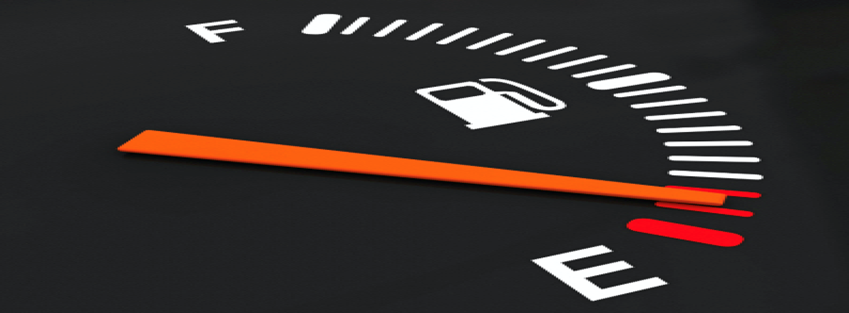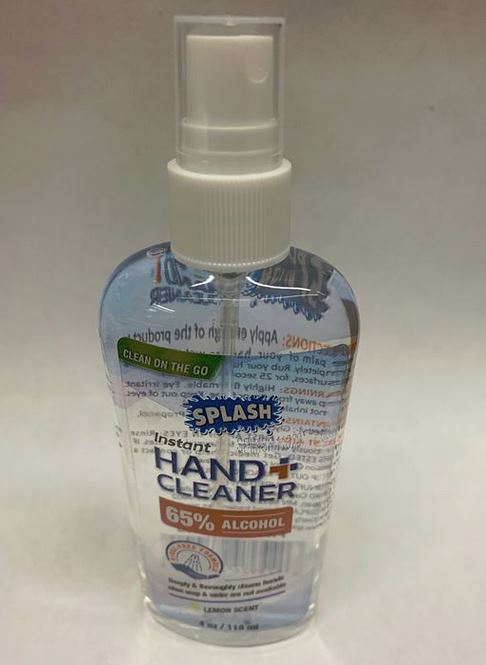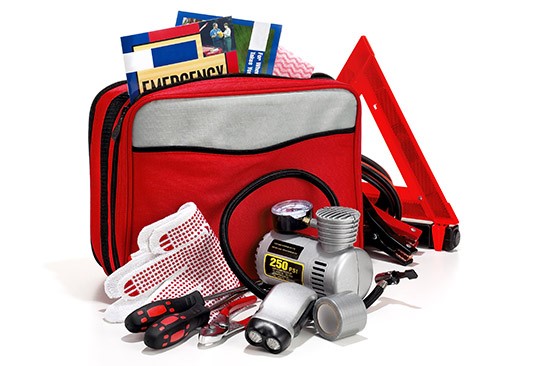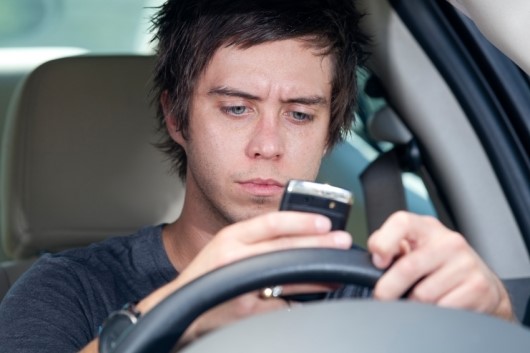by Alison Lakin
How to Drive Safely at Night
Your chances of getting into a car accident increase dramatically once the sun sets. In fact, the National Safety Council affirms “traffic death rates are three times greater at night than during the day.” And certain factors, like age, can make you more susceptible to dangers during nighttime driving as well.
In all likelihood this knowledge raised your blood pressure a little. Ours certainly went up. But while it’s disconcerting knowing about your increased risks during nighttime driving, there are a number of steps you can take to improve your odds. Here are a few ways to stay safe while driving in darkness.
Remember Those Reaction Times
The faster you’re going, the longer it takes to bring your vehicle to a stop. The darkness dulls reaction times too, meaning that an emergency stop can take even longer at night. Get on the road to safety by performing these key steps when driving after hours: keep more distance than usual between you and the car ahead and take care to reduce your speed.
Turn Your Headlights On
Of course, few safety tips will help if your headlights aren’t on. Many cars now have daytime running lights and/or automatic lights. If not, remember to flip the switch when the sun begins to set and not after it’s already dark. Twilight is a dangerous time on the road – your eyes are in a constant state of adjustment, which means they’re not as keen as during daylight.
Using the high beams to your benefit – though not when there’s oncoming traffic – will make nighttime driving easier on your eyes and expand your sightline as well. Inconsiderate or distracted drivers often fail to lower their high beams as vehicles approach. Avoid being temporarily blinded by the glare by keeping your eyes trained on the right side of the road.
Maintain Your Vehicle Lights
Flicking on the headlights helps illuminate your nighttime surroundings, but it’s easy to forget that they also allow your car to be seen by others! Maximize visibility on both ends by cleaning any grime and muck off your car’s headlights, signal lights, and taillights. This is increasingly important if you’re spending a lot of time driving through inclement weather where your tires will kick up dirt from the road.
It’s not enough just to clean the lights though. Take the time to check that your headlights are angled correctly. Misaligned lights are likely to blind oncoming drivers or fall short of illuminating the road.
Place an Importance on Visibility
We’d say your windows are fairly important to visibility – in the nighttime or otherwise. Yet you’re not alone if you’ve let windshield wiper fluid run dry and windshield wiper rubber grow hard. Keep those two items maintained and you’re already ahead of the game. Go a step further by washing all the windows when you stop to fill up your gas tank.
Keep Eyewear Handy
Whether you require all-day ocular assistance or need glasses only for night driving, it makes sense to have a spare pair tucked inside the glove box or another location within reach. Forgotten specs is the glasses-wearer’s burden – who knows when you’ll be short a pair. If your license notes that you’re required to wear glasses while driving, it’s probably a good idea to follow suit.
It’s equally as important to remember to slip those sunglasses off your face once the sun dips below the horizon. It’s easy to accidentally leave them on long after it gets dark without realizing it.
Be Aware of Increased Risks
The absence of sunshine isn’t the only risk factor involved in nighttime driving; you and other drivers are more likely to be tired. Drowsy driving reduces your reaction times – some studies report that it’s akin to driving under the influence – and can put you in dangerous situations. Pull off the road and grab some caffeine or shut-eye if you feel tired. There’s also an increased chance of encountering an intoxicated driver, especially on weekend nights. Stay alert and watch for any erratic behavior behind the wheel.
Your best defense against the dangers of driving at night is knowledge of what to do when you encounter them. Know when to expect unsafe situations, be prepared for unexpected circumstances, and drive cautiously to reduce your chances of getting into an after-dark accident. Stay safe out there!




